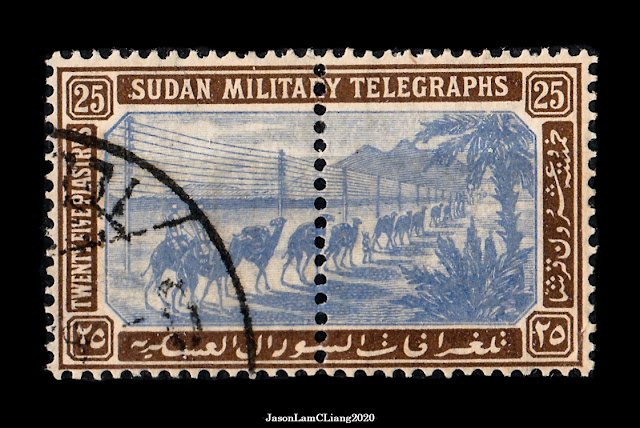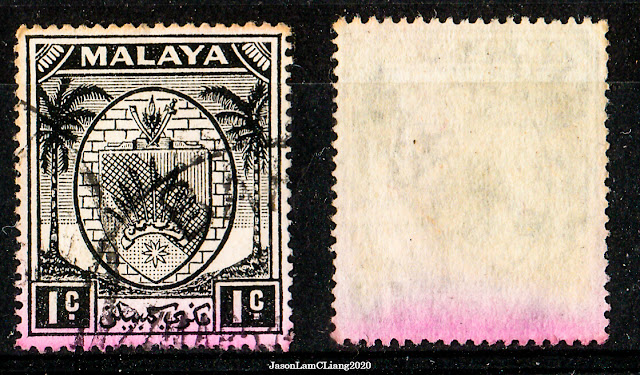Einar Holboll's Danish Christmas

Christmas falls on 25th December worldwide but the spirit of giving spans almost the entire month, and perhaps even longer in some parts of the world as I was told. Christmas, as popularized by mainstream media, plays out with snow falling, jingling bells, a warm fireplace, and wrapped presents under a decorated tree - the good kind of Christmas in family movies. Relatives and close friends that are far away are reached through mails and postcards sent throughout the season. And as stamps were affixed onto mailed letters and postcards, a Danish postal clerk, Einar Holbøll, thought it would be better to incorporate additional stamps to raise fund for charity. Einar Holbøll; portrait obtained from Seal Society Holbøll worked as a clerk at the post office. He had long been interested in philanthropic work and thought to himself, "If we could only catch people while they are in this holiday mood and filled with kind sentiments, I am sure that they would buy a charity stamp to be put


